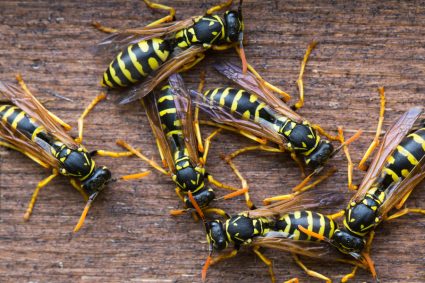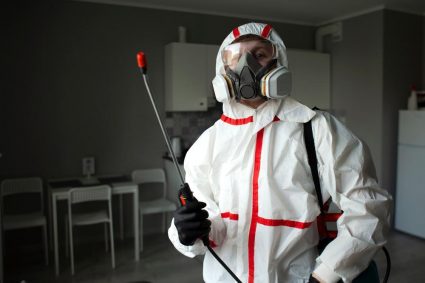
Bacillus thuringiensis, commonly known as BT, is a naturally occurring soil bacterium that is widely used as a biopesticide. But does BT kill cucumber beetles? This comprehensive guide will answer this question, delve into the science behind BT’s effectiveness, discuss potential risks, and explore alternatives for managing cucumber beetles.
Bacillus thuringiensis (BT) can be effective in killing the larval stage of cucumber beetles, but it is not effective against adult beetles. Therefore, it should be applied as soon as larvae are first noticed or suspected. However, it’s important to use a combination of methods for managing cucumber beetles, as BT is not a silver bullet.
What is BT?
Bacillus thuringiensis (BT) is a Gram-positive, spore-forming bacterium. It produces parasporal crystalline inclusions containing Cry and Cyt proteins, which are toxic to a wide range of insects. When ingested by insects, these proteins bind to specific receptors in the insect cell membrane, leading to cell disruption and insect death.
Does BT Kill Cucumber Beetles?
The effectiveness of BT against cucumber beetles is somewhat mixed. BT is known to be effective against the larval stage of cucumber beetles, but not against adult beetles. Therefore, it should be applied as soon as the larvae are first noticed or suspected. Treating prematurely will diminish its effectiveness.
The Science Behind BT’s Effectiveness
The Cry and Cyt proteins in BT are solubilized in the insect’s midgut when ingested. These activated toxins bind to specific receptors located in the insect cell membrane, leading to cell disruption and insect death. However, BT products are not effective for seedling infestations of cucumber beetles.
Potential Risks of Using BT
While BT is generally considered safe for humans and the environment, there are some potential risks. These include genetic material exchange between bacteria, effects on non-target organisms, accumulation in the environment, and potential allergic reactions in humans.
Alternatives to BT for Controlling Cucumber Beetles
Several methods and alternatives to BT for controlling cucumber beetles exist. These include crop rotation, using transplants, applying straw mulch, biological control, trap cropping, row covers, Kaolin clay, handpicking, yellow sticky traps, and neem oil. It’s essential to use a combination of these methods for effective control and to minimize the impact on beneficial insects and pollinators.
Best Practices for Managing Cucumber Beetles
To effectively manage cucumber beetle populations, it’s crucial to use a combination of cultural, biological, and chemical control methods. These include crop rotation, using transplants, floating row covers, perimeter trap cropping, biological control, companion planting, garden sanitation, organic insecticides, and yellow sticky traps.
Using Row Covers to Protect Cucurbits from Cucumber Beetles
Row covers can be a very effective method for protecting cucurbits from cucumber beetles. They must be installed the day of transplanting, the perimeter of the netting should be securely sealed, and the row covers should be monitored for aphids.
In conclusion, while BT can be effective against the larval stage of cucumber beetles, it’s not a silver bullet. It’s important to implement a multi-faceted approach to managing cucumber beetles, including preventative measures, physical deterrents, and other organic pesticides.
Frequently Asked Questions
What are some signs that cucumber beetles are infesting my plants?
Some signs of cucumber beetle infestation include yellowing or wilting leaves, holes in leaves or flowers, and the presence of larvae or adult beetles.
When is the best time to apply BT?
The best time to apply BT is as soon as you notice or suspect the presence of cucumber beetle larvae. Applying BT prematurely may diminish its effectiveness.
Can I use BT on other pests besides cucumber beetles?
Yes, BT can be effective against a range of pests, including caterpillars, mosquitoes, and certain types of beetles. However, its effectiveness may vary depending on the specific pest and its life stage.
How often should I apply BT?
The frequency of BT application can depend on several factors, such as the severity of the infestation and the specific product instructions. Always follow the manufacturer’s guidelines for best results.
Is BT harmful to beneficial insects and pollinators?
Generally, BT is considered safe for beneficial insects and pollinators. However, it is always important to apply pesticides carefully and responsibly to minimize potential harm to non-target organisms.







